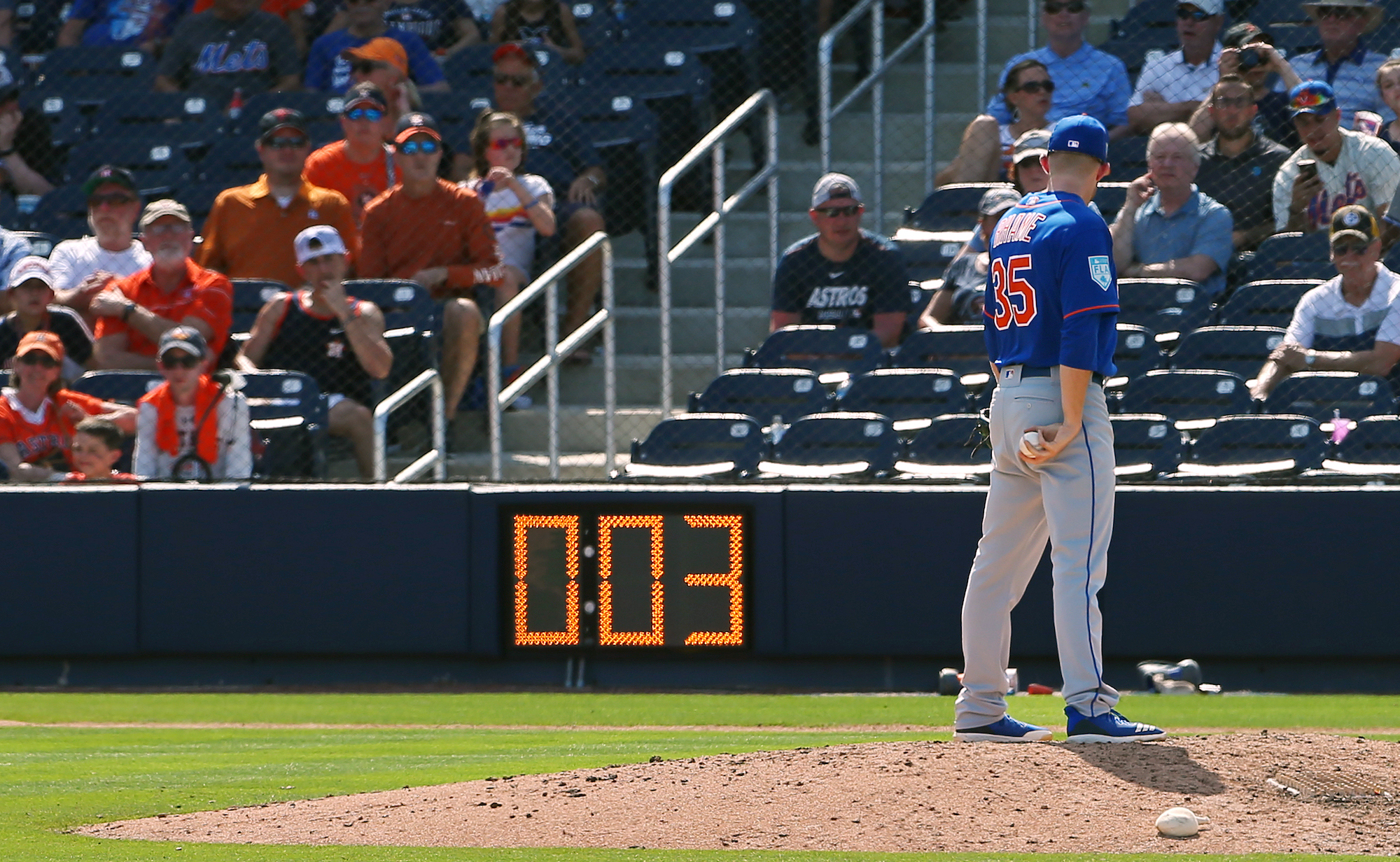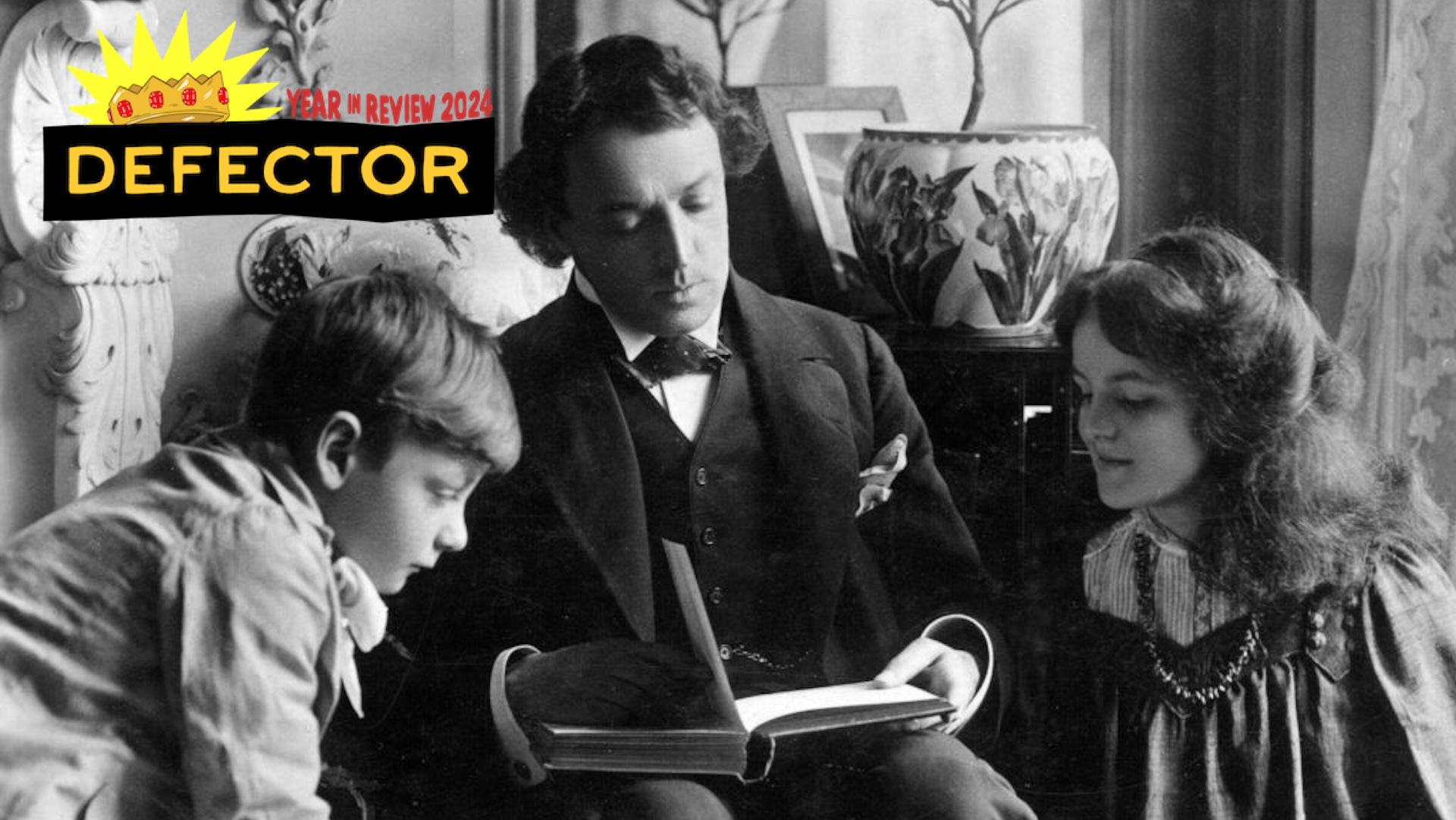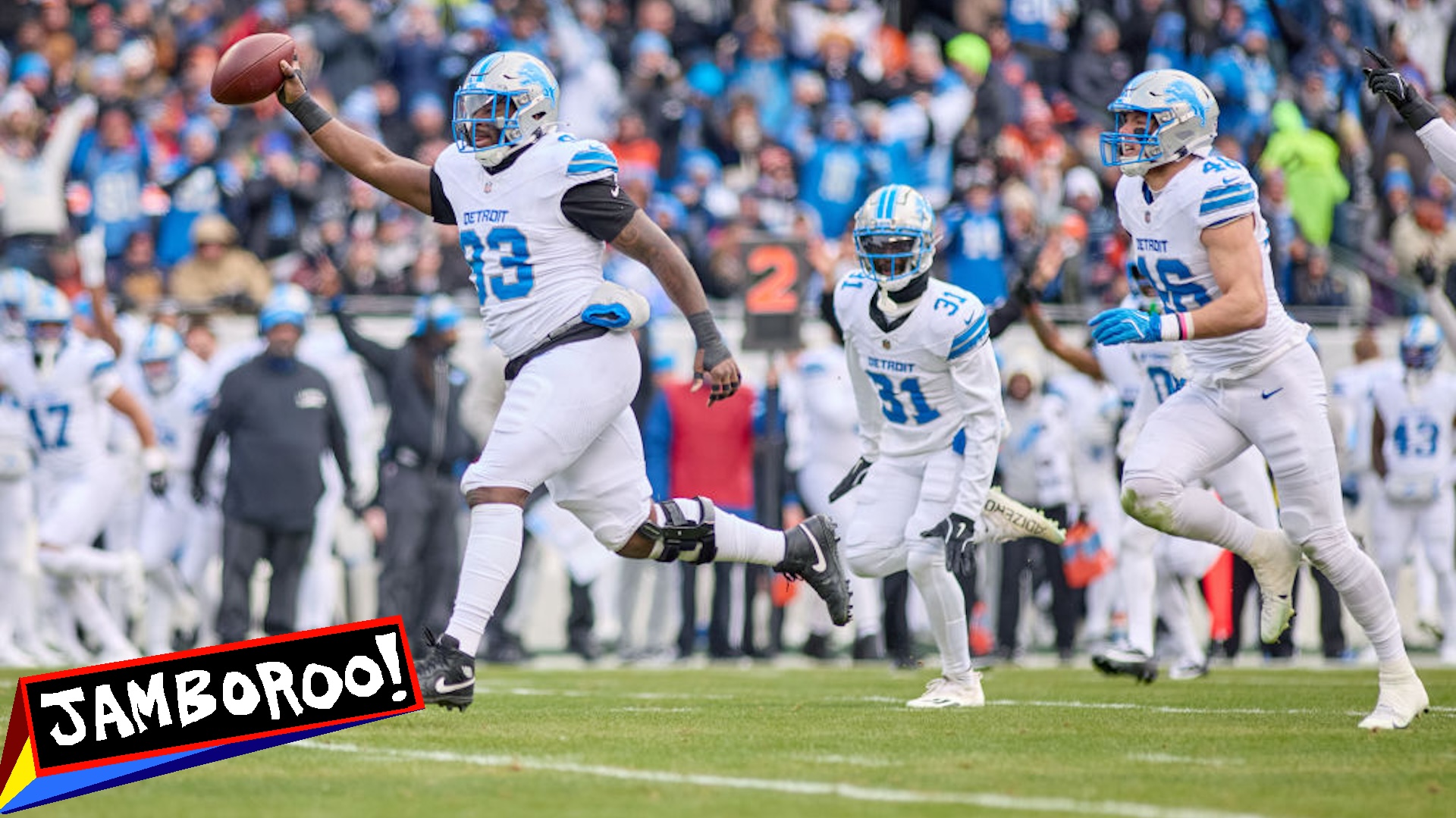A new baseball season feels like a fresh start. The air is finally warm, the long winter over, the grass freshly mowed and so, so green. Every year holds possibility until that first pitch is thrown that this could be your team's year. There is a back-to-school-like optimism that is infectious. And just like the beginning of a school year, it is important to prepare for the new season. All offseason, I have been considering my options.
The question that has plagued me is the one introduced by the pitch clock. I keep a scorecard for most of the baseball games I watch. It helps me focus on the game. It absolves my terrible memory which otherwise could not remember what happened the last inning. And it's fun. The scorecard is your own little world. On the scorecard, you are the King of Baseball. You get to make the little rules and set the little standards. You can count throw-overs to first if you want. You can mark every pitch. It's yours. You can put the pitchers on the opposing team's sheet where they are easier to see! No one can stop you!
Even the official scorekeepers of Major League Baseball, I learned from Emma Baccellieri's piece in Sports Illustrated, are allowed to use whichever shorthands please them so long as they can understand their own card. They too are plagued by questions this year, because Major League Baseball has added some rules. MLB eliminated the infield shift which gives the axe to the very cool arrow I had been drawing at the top of boxes to indicate its deployment. I will miss my arrow. RIP to my arrow. But that problem has an easy solution: no more arrows. The real issue is that the addition of the pitch clock.
The pitch clock cannot be ignored; we must score it if it affects the game. A pitch clock violation at the beginning or middle of an at-bat is merely a strike (if the batter commits it) or a ball (if the batter does), so that is not much of a problem. But imagine a scenario in which a pitch-clock violation ends an at-bat. How do you score that?
Some of the official scorers of MLB told Baccellieri that they are considering a sideways K for batter violations. They are not all in agreement. “I don’t think I’m going to do that,” Jason Lee, who scores for both the Nationals and Orioles, told Baccellieri. “That feels a little too gimmicky for me.”
I don't think it's gimmicky. I think the sideways K is cool. It's funny. In fact, I am going to consider finding another usage for it because I want to draw it. But I will not be using it for pitch clock violations. I will also not be using the scorers' idea to add PC (for pitch clock) to the notation for the strikeout or walk, or A (for automatic). I don't like these options, because they are too nice.
The official scorers at Big Baseball do not have the gumption that I have. They fear my self-determinism. The official scorers are weak. They are just handing out strikeouts and walks! Absolutely not! No one threw a pitch. That's not a strike or a walk. Unlike Major League Baseball's official scorers, I am not weak and afraid. I am brave. I will say what no one else will: Pitch clock violations are an error, and they should be scored as such.
The official scorers are nice. Too nice. They want the players to be happy. They do not want to give them errors! But I do not want players' happiness. I want them to not make pitch clock violations! The consequence of preventable mess-ups in the majors is supposed to be an error. The players on my scorecard will take accountability. They will not have an option.
It is my scorecard, and these are my rules. For the 2023 season, we will be scoring pitch clock violations by the pitcher as E1-pc. Violations by the batter will be scored as EK, which is coincidentally the sound I will be making when they do this. I will be brave. I will do what the official scorers will not, and dole out errors to those who deserve them.





